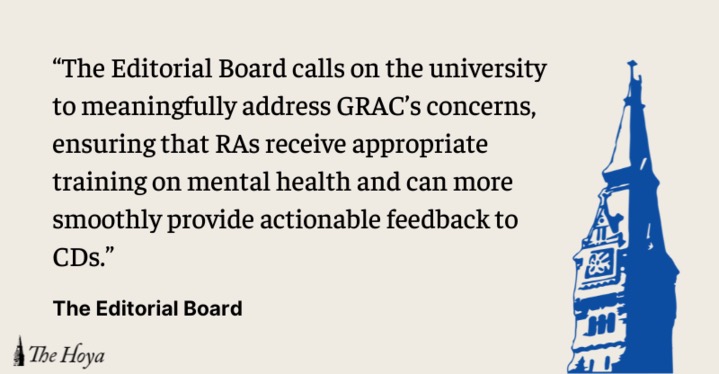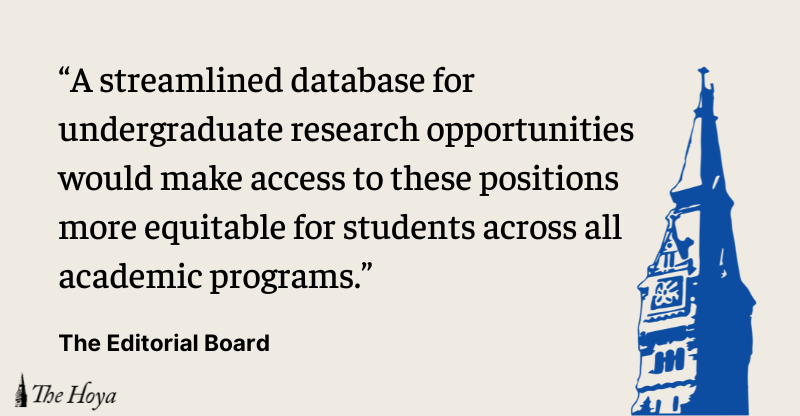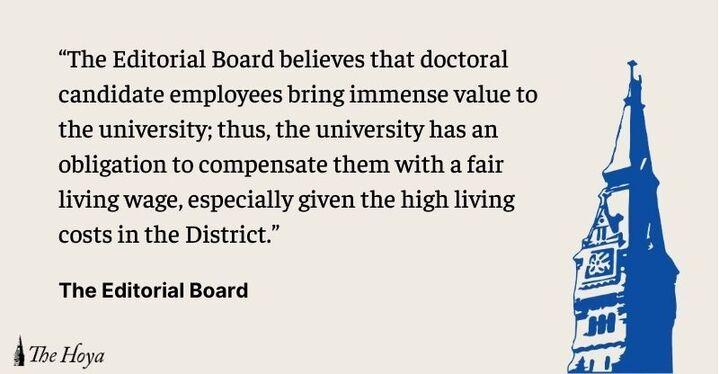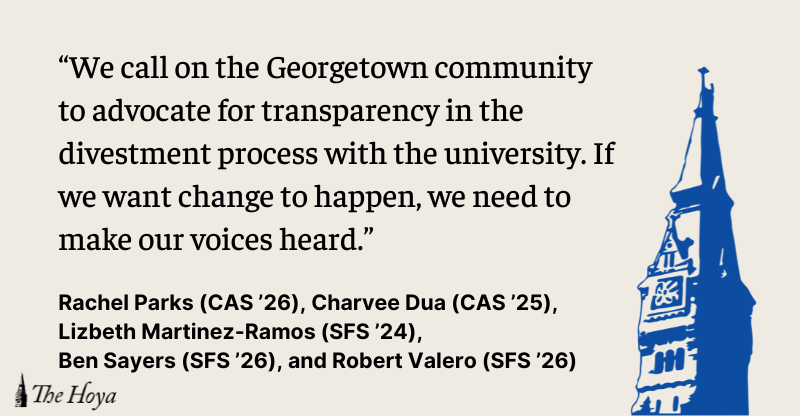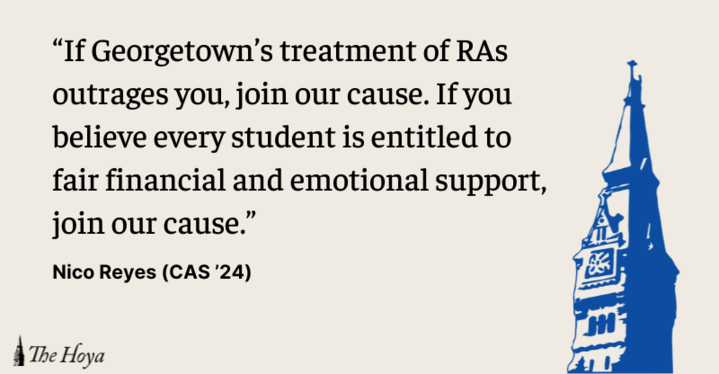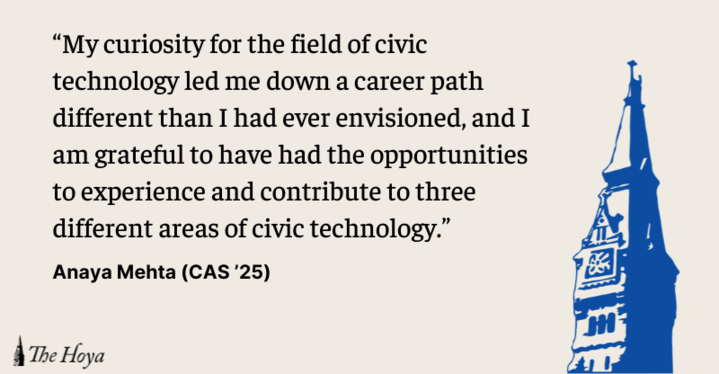Georgetown’s recent increase in financial aid represents a commitment to low-income students that goes beyond money and seeps into most aspects of Georgetown’s admissions office. From recruitment tactics to four-year support on campus, under-resourced Georgetown students receive support, unlike students at most universities nationally.
According to U.S. News and World Report in September 2015, Georgetown is one of only 62 schools out of 1,136 that promises to cover full student need, while also remaining need-blind. This promise separates Georgetown’s admissions process from other schools that can discriminate against students of high-need. Furthermore, it promises that any student who qualifies for admission to Georgetown can afford to come, serving as progress toward equal opportunity. Yet, in order to maintain the commitment, Georgetown needs an ample supply of financial aid to compensate as many students as it chooses to admit.
Other schools similarly attempt to support under-resourced students in the admissions process. The Harvard Graduate School of Education released a report last month advocating for changes in undergraduate admissions processes to help disadvantaged students apply to elite colleges. The report recommended changes that reward the quality of high school activities, not quantity. With these changes, schools such as Yale University and the Massachusetts Institute and Technology have expressed their hope to better understand and identify the potential in disadvantaged students.
The researchers observed a common yet harmful attitude present among high schoolers regarding extracurricular activities. Prior to the report, students may have thought that joining as many activities as possible would lead to successful admissions decisions. That mentality can lead to disingenuous engagement, diminishing the value of acts like community service. The mentality also can lead to sleep deprivation, anxiety and depression amongst students who have not even reached college. Furthermore, comparing students based on Advanced Placement coursework can put students at under-resourced high schools at a disadvantage.
The suggestions by Harvard’s report show forward thinking and should be considered by all universities. Yet, application changes do not help low-income students unless colleges can follow through on accepting more of these students, supporting them through financial aid and campus resources, such as the Georgetown Scholarship Program.
Colleges across the country can boast their commitment to low-income students through high amounts of money committed to scholarship but earn low retention and graduation rates. Retention and graduation rates should be prioritized as well because they show that the money invested in these students pays off. While the number of first-generation college students enrolling in college is increasing, 30 percent drop out during the first three years. The number becomes more alarming when compared to the 10 percent dropout rate for students with parents who attended college.
Georgetown’s admissions office recognizes the importance of these statistics through its unique values. It chooses not to bring more under-resourced students to campus than it can support. Yet, through modest increases in financial aid and resources to programs like the Georgetown Scholarship Program, it still supports a tremendous amount of economically diverse students. While other schools may eagerly change their admissions policies, they may not have the resources to make their schools affordable. Students may be accepted, but they do not receive full need. Even if they do receive full need and end up enrolling, many of them will not be supported during their four years and will risk joining the 30 percent of students who drop out.
Schools should increase economic diversity in recognition of their potential to act as agents for social mobility. Yet, they should implement Georgetown’s aid model which focuses more on graduating admitted students, rather than the Harvard model which concentrates resources on diversifying its socioeconomic pool during recruiting but fails to provide support for the students it brings to campus. The recent increase in financial aid is a testament to the university’s care in continuing to elevate the status of talented and driven students from under-resourced backgrounds.




